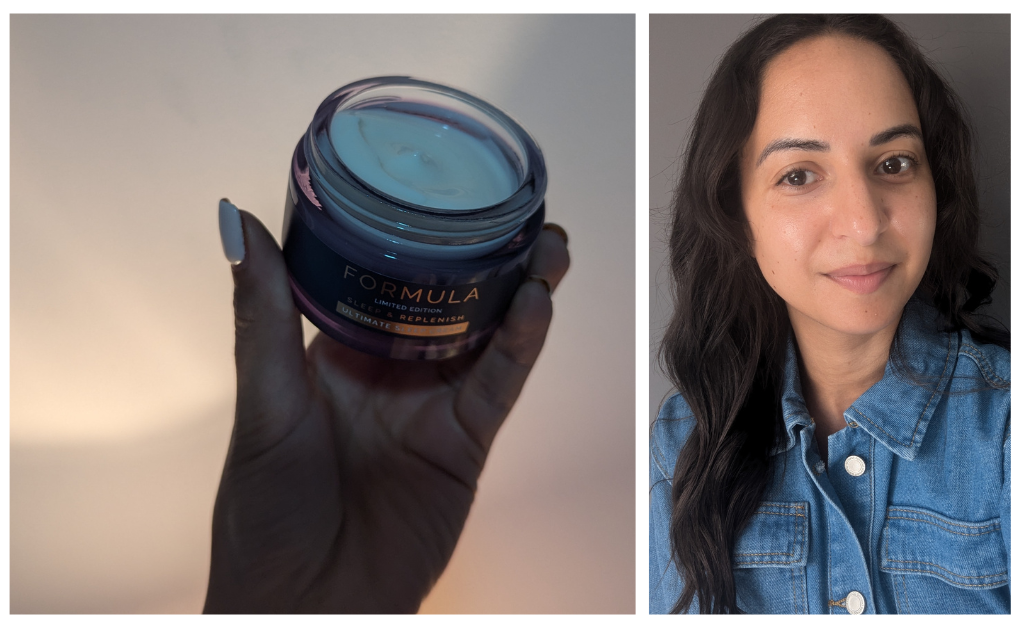
Condensation building up on windows will eventually cause mould to make its way into your home (Image: Getty)
Mould creeping into your home can be a major worry in the colder seasons, and one of the major reasons spores begin growing is if you have too much condensation on your windows.
The only way mould can survive is through moisture which is why it is often a problem in winter as condensation happens when warm air indoors hits the cold surface of glass.
If condensation is left untouched it will cause dampness to form inside a room and make your house an ideal environment for mould to begin releasing its spores into the air and spreading.
Luckily, Simon Crow, an expert from Supply Only Doors, has shared that the best way to clean windows of condensation and mould is by turning two kitchen ingredients into a “natural mould killer”.
Simon said: “Lemon juice and baking soda are other natural household cleaners that can be used to clean mould, dirt and grime…lemons are high in citric acid and have natural antibacterial properties.

A simple yet very effective way to stop mould becoming a issue is to clean using lemon juice and baking soda (Image: Getty)
“Baking soda is an alkaline substance with pH levels between eight to nine, which is higher than most moulds can tolerate.”
Lemon juice can break down mould and make a surface too acidic for spores to spread further as it is naturally antibacterial.
However, baking soda can not only help kill mould but is one of the best items to remove condensation as it quickly absorbs moisture so there is no chance of dampness build-up.
How to remove mould and condensation from the home
All you need to do is mix 120ml of lemon juice with 45g of baking soda until you form a thick paste.
Apply this paste to a mouldy area of your home or use it on window glass to absorb condensation.
Leave the paste alone until it has dried completely, which can take from 15 to 30 minutes.

Lemon juice kills mould due to how acidic it is while baking soda absorbs mositure which will remove condensation (Image: Getty)
Invalid email
We use your sign-up to provide content in ways you've consented to and to improve our understanding of you. This may include adverts from us and 3rd parties based on our understanding. You can unsubscribe at any time. Read our Privacy Policy
Only once the paste is dry you can remove it using a damp sponge and a bucket filled with warm water and washing up liquid.
Gently wipe away the mould and homemade solution, and the surface should now be completely cleaned.
Use a fresh cloth to completely dry the surface or window panes and keep a room well-ventilated to prevent moisture build up in the future.
Simon said: “Drying the area is key to ensuring your clean works. Use a clean, dry cloth and remove any lingering hints of moisture. If you’re treating tight spots, open your window and allow sunshine and wind to aid the drying process.”
Mould is quite fragile and is easy to kill, but to make sure it does not become a reoccurring problem make sure to clean the inside of your windows regularly in wintertime.
Simon said: “Window tracks can accumulate dust and moisture more easily. Many window tracks have small holes to drain water out, but these holes can become blocked by dust and cause mould.
“Routinely wipe down wet areas with a dry cloth to prevent moisture buildup from turning into mould.”
 1 week ago
1
1 week ago
1




















 English (US) ·
English (US) ·